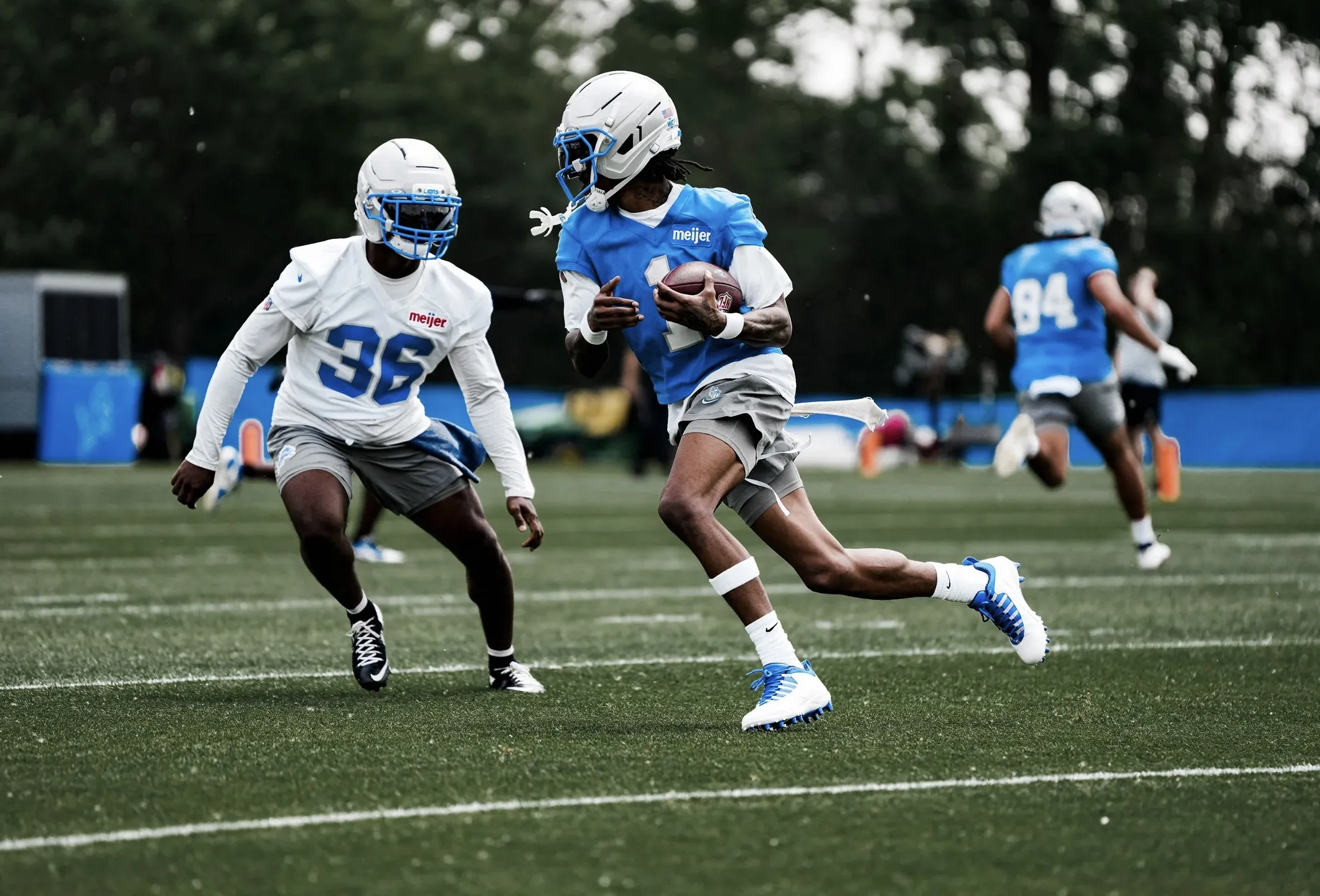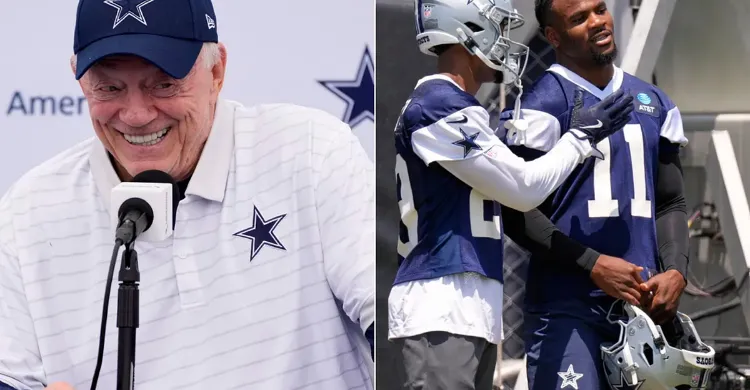For nearly two decades, the Pittsburgh Steelers have been a model of consistency in the NFL, largely thanks to the steady leadership of head coach Mike Tomlin. Since taking the reins in 2007, Tomlin has never posted a losing season—a remarkable feat in a league defined by parity and volatility. Yet despite this baseline of competence, the Steelers have struggled to recapture the dominance of their early 2000s heyday. The culprit? Poor quarterback play.

Since Ben Roethlisberger’s retirement, Pittsburgh has cycled through a carousel of underwhelming signal-callers. From Mason Rudolph to Kenny Pickett, none have managed to elevate the offense to a playoff-caliber level. The defense, often stout and opportunistic, has carried more than its fair share of the burden. But in today’s NFL, where elite quarterback play is often the difference between mediocrity and contention, the Steelers have found themselves stuck in the middle.
That may be about to change.
In a bold move signaling a win-now mentality, the Steelers have gone all-in for the 2025 season. The headline acquisition is none other than Aaron Rodgers, a future Hall of Famer whose arrival instantly upgrades the quarterback position. While Rodgers is nearing the twilight of his career, his arm talent, football IQ, and leadership could be the missing piece Pittsburgh has long sought. If healthy and motivated, Rodgers has the potential to transform the Steelers’ offense from pedestrian to potent.
The Steelers’ 2025 Gamble: All-In on Experience and Redemption
But Pittsburgh’s 2025 ambitions don’t stop at quarterback. The front office has doubled down on experience, bringing in a cadre of seasoned veterans to bolster both sides of the ball. Wide receiver Robert Woods adds reliability and route-running precision to a receiving corps that has lacked consistency. On defense, the additions of Darius Slay, Jalen Ramsey, and Chuck Clark inject leadership, versatility, and championship pedigree into the secondary. These aren’t developmental prospects—they’re proven commodities with playoff experience and reputations for clutch performances.
This aggressive roster construction suggests the Steelers are no longer content with simply being “average.” They’re aiming for a deep playoff run, perhaps even a Super Bowl push. It’s a calculated risk. Rodgers’ age and injury history are concerns, and integrating multiple veterans into a cohesive unit takes time and chemistry. But the upside is undeniable. With Tomlin’s steady hand, a revitalized quarterback room, and a defense stacked with playmakers, Pittsburgh may finally have the formula to break through the ceiling that’s limited them in recent years.
The 2025 season will be a referendum on this strategy. If it works, Tomlin’s legacy will be further cemented, and the Steelers will reassert themselves as one of the NFL’s elite franchises. If it fails, it could mark the end of an era and force a full rebuild. Either way, the Steelers are no longer playing it safe. They’re betting big—and for the first time in years, the rest of the league should take notice.



-1750000824-q80.webp)